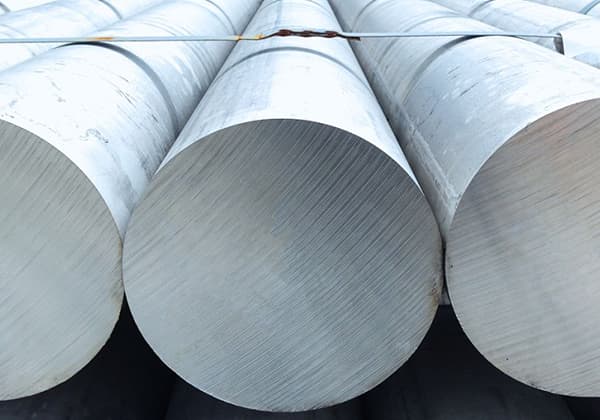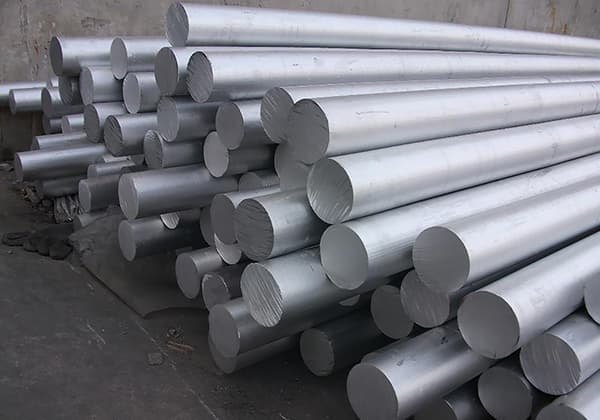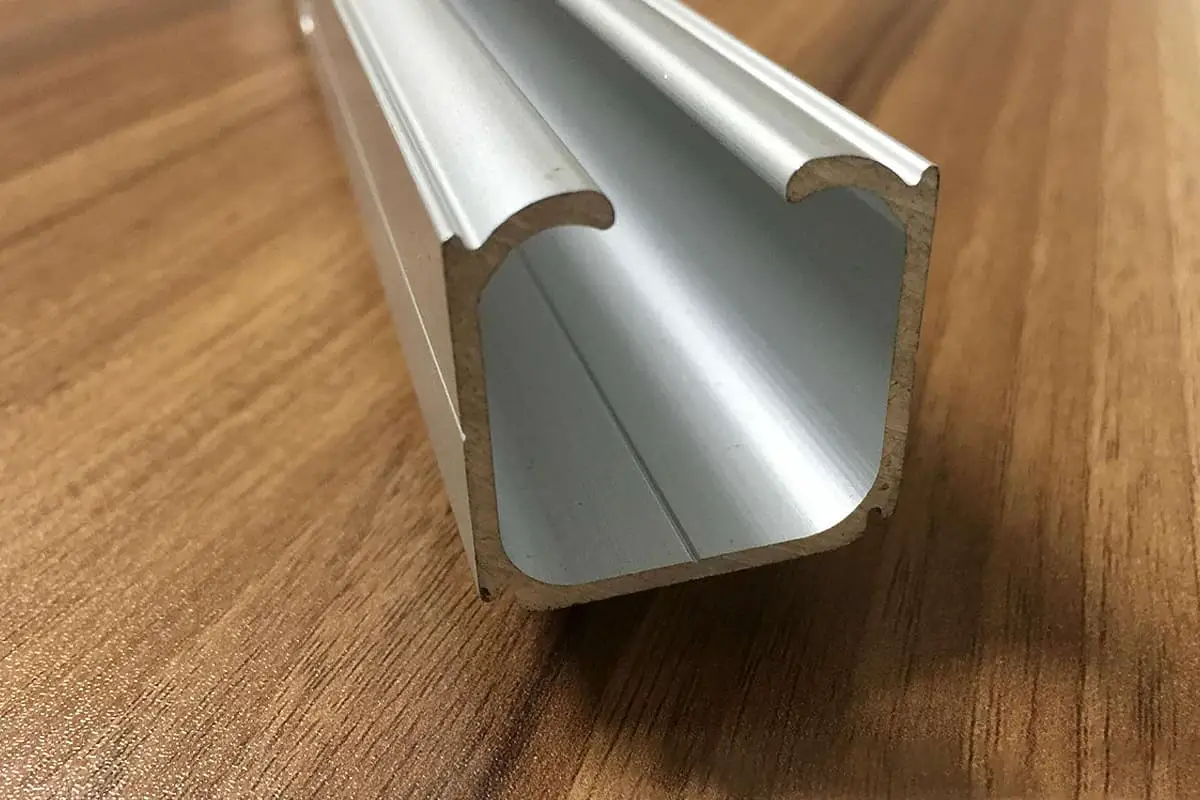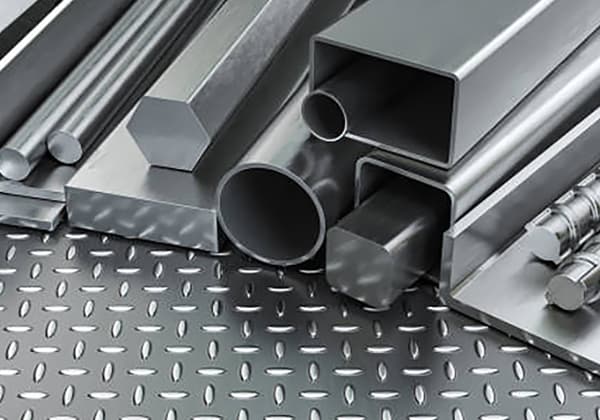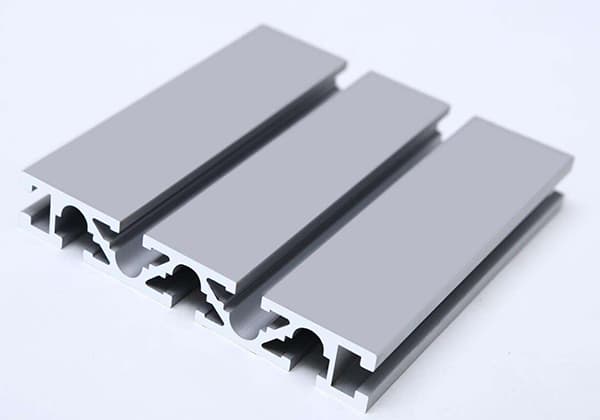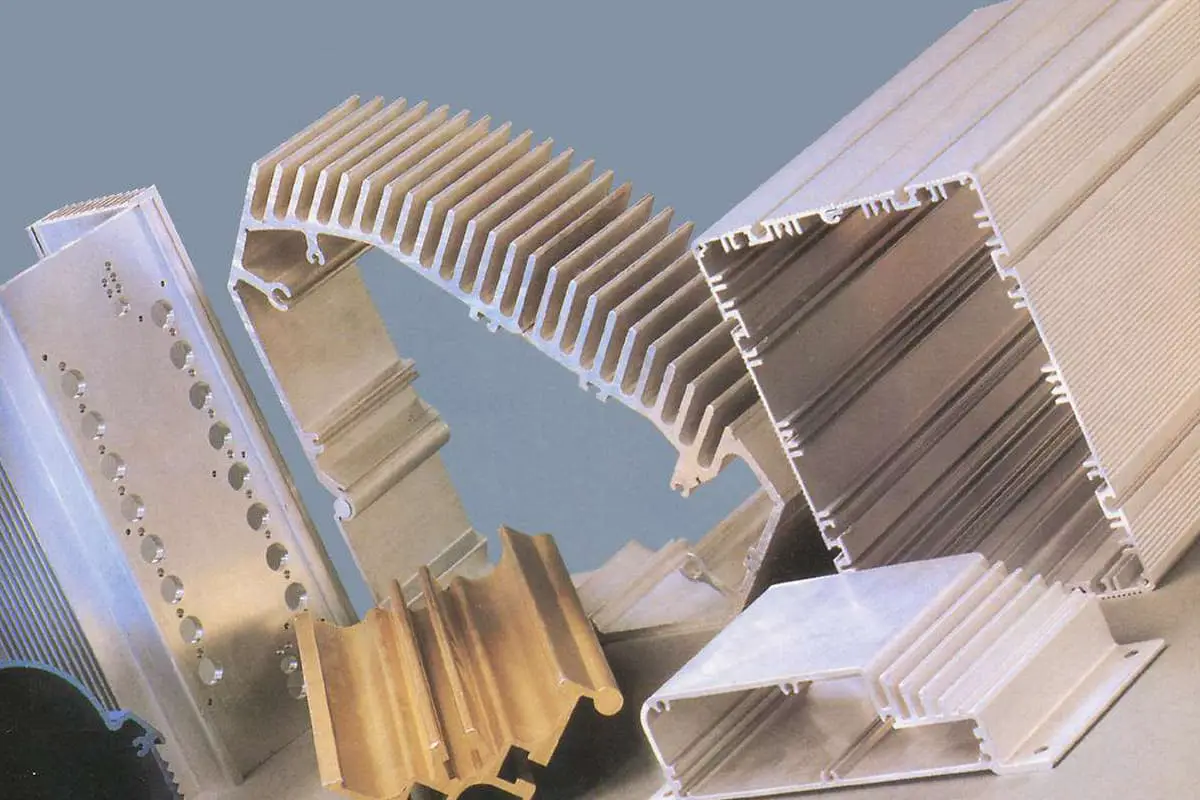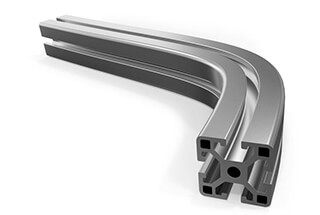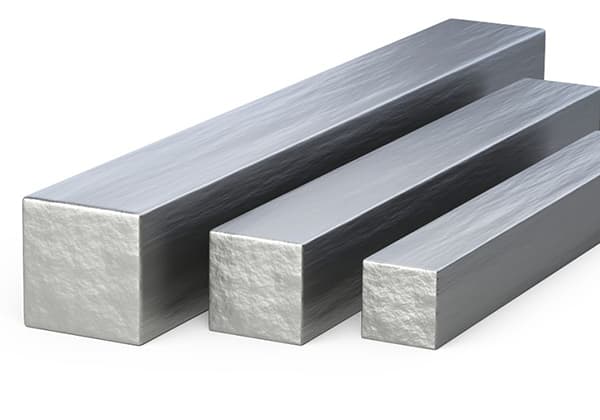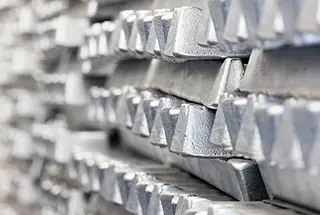
Have you ever wondered what makes 6061 aluminum alloy so versatile in industries ranging from aerospace to construction? This article delves into its unique properties, composition, and applications, highlighting why it’s a go-to material for engineers and manufacturers. By the end, you’ll understand how 6061 aluminum alloy combines strength, formability, and resistance to corrosion, making it an indispensable component in modern engineering solutions.
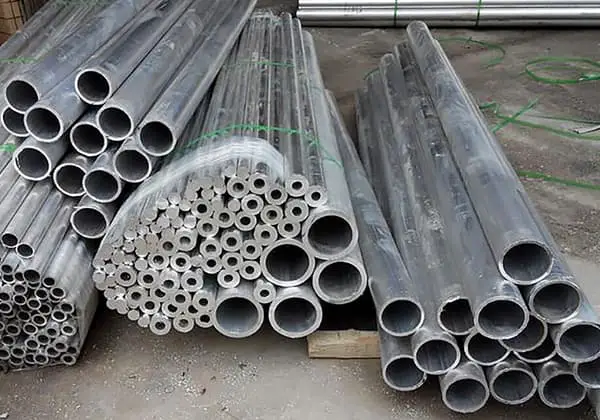
6061 aluminum alloy can be strengthened by heat treatment and has good formability, weldability, and machinability. It also maintains good strength after annealing.
The main alloying elements of 6061 aluminum alloy are magnesium and silicon, which form Mg2Si phase.
If it contains a certain amount of manganese and chromium, it can neutralize the adverse effects of iron. Sometimes, a small amount of copper or zinc is added to improve the strength of the alloy without significantly reducing its corrosion resistance.
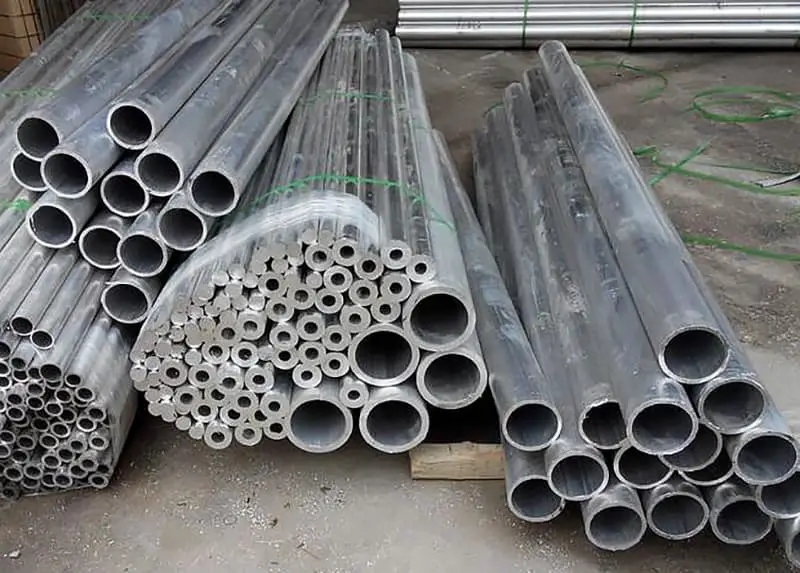
A small amount of copper is also added in conductive materials to offset the adverse effects of titanium and iron on conductivity. Zirconium or titanium can refine grains and control recrystallization structure. Lead and bismuth can be added to improve machinability.
The melting temperature of 6061 aluminum alloy is between 582-652℃, and the old grade is LD30.
Table 1. Chemical composition of 6061 aluminum alloy (GB/T 3190-2008)
| Element | Si | Fe | Cu | Mn | Mg | Cr | Zn | Ti | Al |
| Content % | 0.4~0.8 | 0.7 | 0.15~0.40 | 0.15 | 0.8~1.2 | 0.04~0.35 | 0.25 | 0.15 | Remaining |
Table 2. 6061 Aluminum Alloy Sheet and Strip Thickness and Mechanical Properties
(GB/T 3380-2006)
| Supply Status | Sample Status | Thickness mm | Tensile Strength Rm /MPa | Elongation at Break % |
| 0 Annealed State | 0 | 0.4~1.5 | ≤150 | 14 |
| 1.5~3.0 | 16 | |||
| 3.6~6.0 | 19 | |||
| 6.0~12.5 | 16 | |||
| 12.5~25 | 16 | |||
| T42 | 0.4~1.5 | 205 | 12 | |
| 1.5~3.0 | 14 | |||
| 3.6~6.0 | 16 | |||
| 6.0~12.5 | 18 | |||
| 12.5~40 | 15 | |||
| T62 | 0.4~1.5 | 290 | 6 | |
| 1.5~3.0 | 7 | |||
| 3.6~6.0 | 10 | |||
| 6.0~12.5 | 9 | |||
| 12.5~40 | 8 | |||
| T4 Natural Aging After Solution Treatment | T4 | 0.4~1.5 | 205 | 12 |
| 1.5~3.0 | 14 | |||
| 3.6~6.0 | 16 | |||
| 6.0~12.5 | 18 | |||
| T6 Artificial Aging After Solution Treatment | T6 | 0.4~1.5 | 290 | 6 |
| 1.5~3.0 | 7 | |||
| 3.6~6.0 | 10 | |||
| 6.0~12.5 | 9 | |||
| F Free Machining State | F | 2.5~150 | — | — |
Table 3. 6061 Aluminum Alloy Bar Dimensions and Mechanical Properties
(GB/T 3191-2010)
| Supply Status | Sample Status | Diameter mm | Tensile Strength Rm/MPa | Elongation at Break % |
| T6 | T6 | ≤150 | 260 | 9 |
| T4 | T4 | 180 | 14 |
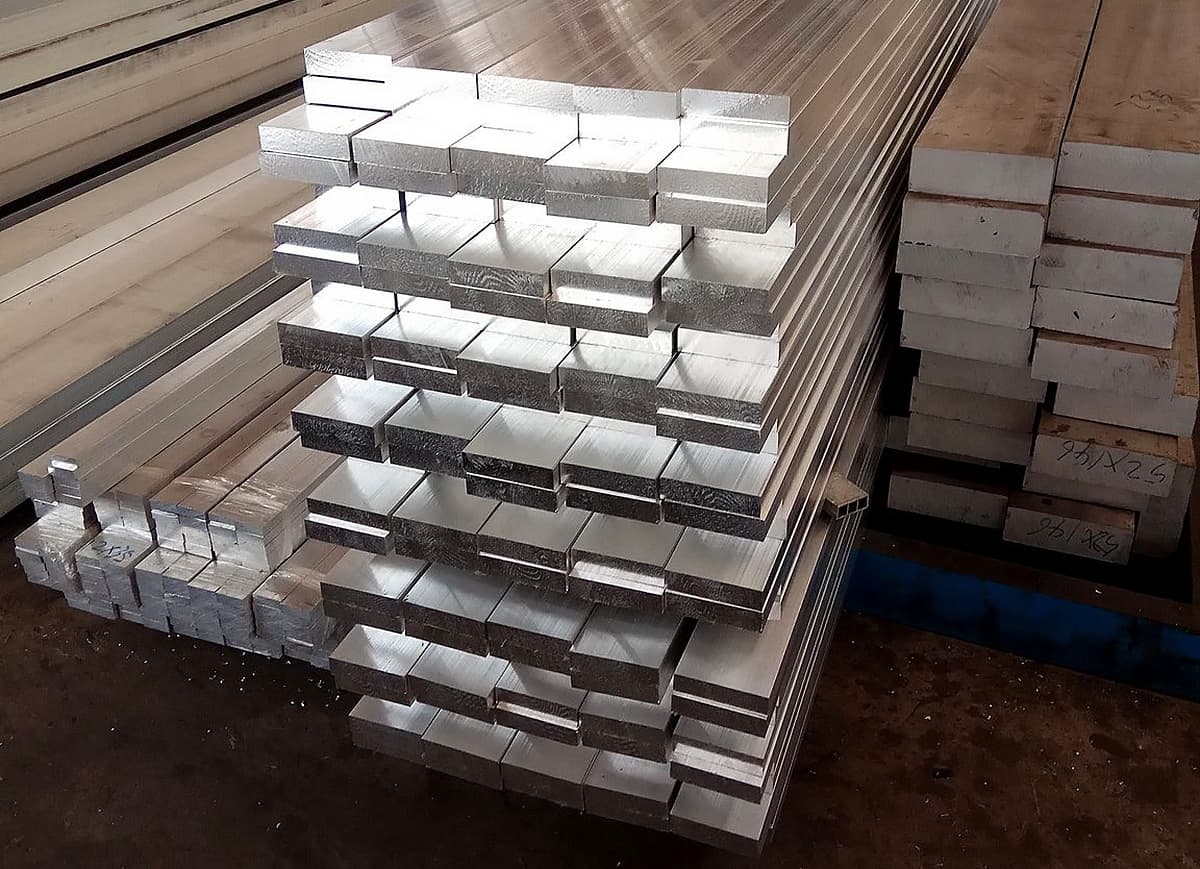
Sheet and strip are widely used in various industries such as decoration, packaging, construction, transportation, electronics, aviation, aerospace, weaponry, etc.
Aluminum for aerospace applications is used to make aircraft skins, body frames, beams, rotors, propellers, oil tanks, wall panels, landing gear struts, rocket forging rings, spacecraft wall panels, etc.
Aluminum for transportation is used as material for the structural parts of car bodies, subway cars, passenger trains, high-speed trains, as well as for car doors and windows, shelves, engine parts, air conditioners, radiators, body panels, wheels, and shipbuilding materials.
Aluminum for packaging is mainly used as a metal packaging material in the form of sheets and foils for making cans, lids, bottles, barrels, and packaging foil. It is widely used in beverage, food, cosmetics, pharmaceuticals, cigarettes, industrial products, and other packaging.
Aluminum for printing is mainly used for making PS plates. Aluminum-based PS plates are a new type of material in the printing industry, used for automated plate making and printing.
Aluminum for building decoration is mainly used for building structures, doors and windows, ceilings, decorative surfaces, etc., due to its good corrosion resistance, sufficient strength, excellent processing performance, and welding properties. Examples include building doors and windows, aluminum profiles for curtain walls, aluminum curtain wall panels, pressed plates, patterned plates, colored coated aluminum plates, etc.
Aluminum for electronic appliances is mainly used in various fields such as busbars, wire racks, conductors, electrical components, refrigerators, air conditioners, cables, etc.
Rapid Annealing:
Heating temperature is 350~410°C, depending on the effective thickness of the material, the holding time is between 30~120 minutes, and cooling can be done in air or water.
High-temperature annealing:
Heating temperature is 350~500°C, when the finished product thickness is ≥6mm, the holding time is 10~30 minutes, and when it is <6mm, heat until the material is fully penetrated and then cooled in air.
Low-temperature annealing:
Heating temperature is 150~250°C, with a holding time of 2~3 hours and cooling can be done in air or water.

